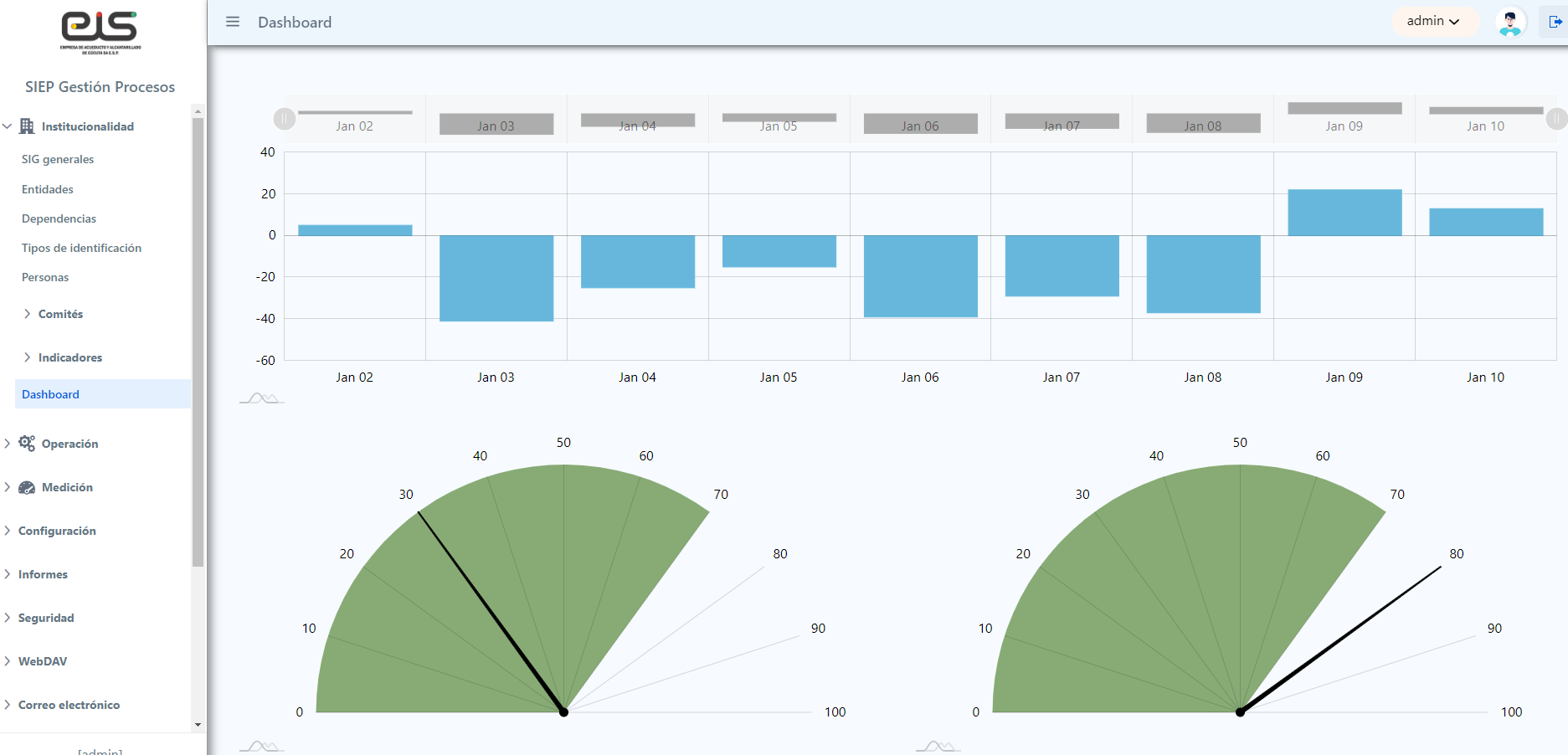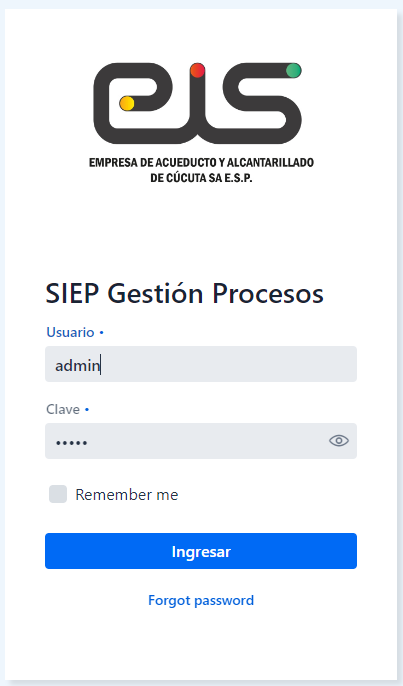

Public Sector Services Transformation Powered by Jmix and OPE Colombia
Background
OPE Colombia is a software development company based in Cucuta, Colombia, specializing in digital solutions for the public sector. They are certified under ISO29110, which supports high-quality software engineering practices for small entities. Their product portfolio includes modules for planning and management (MIPG), HR and financial processes, document and case management, public health monitoring, taxation control, and more.
This success story centers on the SIEP Process Management module, developed for Empresa de Acueducto y Alcantarillado de Cúcuta S.A. E.S.P. (EIS Cúcuta). The aim was to modernize their systems and effectively support Colombia’s Integrated Planning and Management Model (MIPG).

Challenge
Before this project, EIS Cúcuta had no dedicated tool to administer the MIPG. All process documentation and follow-up were handled manually using basic office tools. Key challenges included:
- The need for standardized management and reporting.
- Compliance with regulatory requirements.
- Integration with FURAG (Unified Management Progress Report).
- Internal self-assessment and performance improvement.

Why Jmix
OPE Colombia evaluated several technologies before choosing Jmix:
- DevExpress: While a powerful .NET-based framework, DevExpress was ruled out due to high licensing costs and lack of compatibility with the Java ecosystem. It was considered cost-prohibitive for the scale of this project.
- Syncfusion: Although more affordable, Syncfusion also targets .NET and frontend frameworks like Angular. Its limited open-source components and less Java-centric tooling made it harder to adopt for the team.
- Scriptcase: Based on PHP, Scriptcase was also disqualified because it diverged from the team’s Java expertise. It would have required a complete shift in development stack and methodology.
Jmix was ultimately selected for the following reasons:
- Open Source technology stack: Built on Spring Boot and JPA, Jmix aligns well with Java development practices and offers full transparency for enterprise use.
- Cost efficiency: The base version of Jmix is free, with optional premium modules. This allowed the team to control costs while retaining access to powerful features.
- Developer-friendly: The learning curve for experienced Java developers was minimal, which accelerated productivity.
- Extensibility: Jmix allows for modular development and integration with external systems, making it ideal for long-term system evolution.
- Rich marketplace: Available add-ons such as WebDAV, Audit, and Reporting tools accelerated feature delivery.
- Out-of-the-box security and access control: Jmix’s built-in security mechanisms provided robust role-based access without custom implementation.

Solution
OPE Colombia implemented the SIEP Process Management system to support a wide range of objectives:
- Consolidate, support, and monitor the Integrated Management System and online MIPG.
- Save time in preparing plans, procedures, reports, and tracking progress.
- Integrate the Quality Management System with the MIPG model.
- Streamline the execution of administrative processes.
- Facilitate information collection for the Unified Reporting and Management Progress Form (FURAG).
- Dynamize administrative workflows.
- Enhance internal control mechanisms for monitoring planned activities.
- Enable institutional self-assessment to improve the Institutional Performance Index.
- Ensure compliance with national regulatory requirements.
To achieve this, the system included:
- Modules based on the PDCA cycle: Planning, execution, verification, improvement.
- Subsystem coverage:
- Institutional documentation & MIPG management.
- Records and plans.
- Measurement: FURAG & self-evaluation.
- Dashboards and analytics.
- Reports, security, and audit. - Jmix add-ons used:
- WebDAV, Email, Reports, Audit, Application Settings, Grid Export, Data Tools. - Integration with external forms and databases required for compliance and reporting.
The development process included:
- A comprehensive data modeling phase in the first month, during which 139 tables were designed and normalized.
- CRUD generation and user interfaces built for each table, enabling streamlined data entry and retrieval.
- Creation of 10+ business use cases reflecting common operational scenarios.
- Development of 6 custom reports to support decision-making.
- A final phase of thorough unit and integration testing.
- Training and onboarding of end-users.
Training for developers included the use of:
- Official Jmix documentation.
- GitHub sample projects.
- A structured Udemy course on Jmix fundamentals and advanced topics.
Result
- Entire system built by 2 part-time developers in 3 months.
- Cost reduced by approximately 40% compared to similar non-Jmix projects.
- New developer onboarded easily via Jmix docs, GitHub samples, and Udemy course.
- The platform enabled fast iteration and continuous delivery of new functionality.

Jmix allowed us to build and scale a robust enterprise application with limited resources and time. The platform's flexibility, combined with its Java foundation, empowered our team to deliver value faster and meet all public sector requirements.
Mario Alberto Medina Rojas, Project Lead, OPE Colombia

Conclusion
Jmix played a central role in transforming how EIS Cúcuta manages its internal processes and MIPG requirements. Thanks to its powerful low-code backend and Java-friendly architecture, OPE Colombia was able to deliver a mission-critical government system with minimal resources, short timelines, and excellent end-user feedback.























